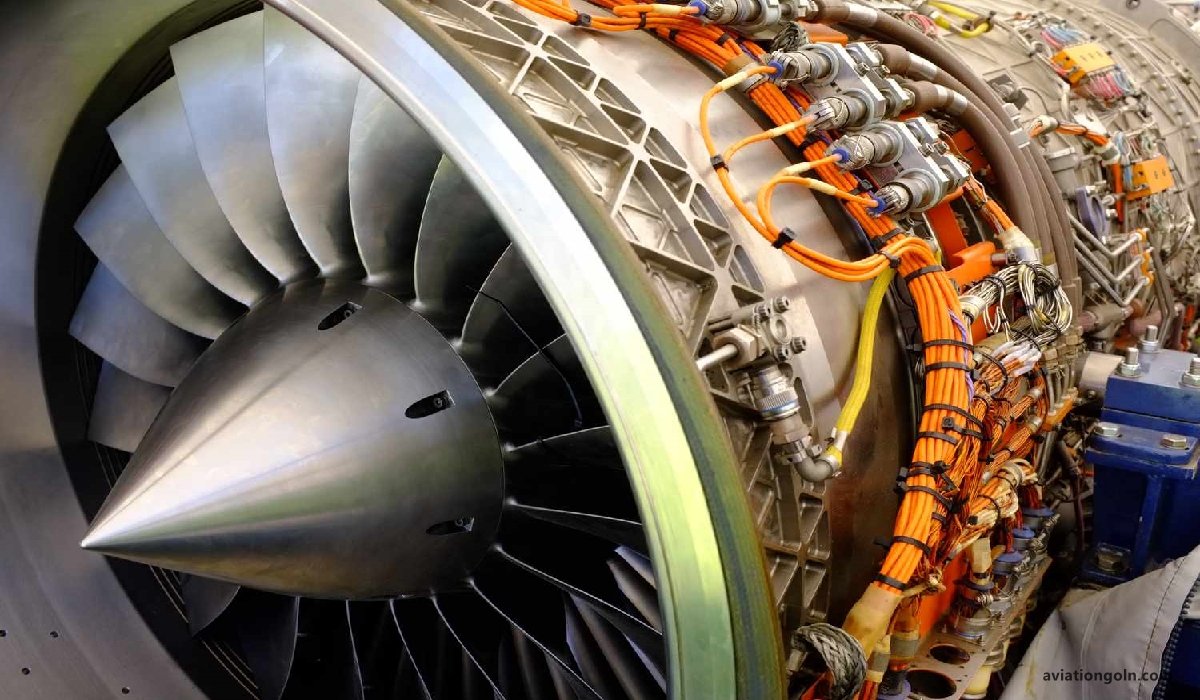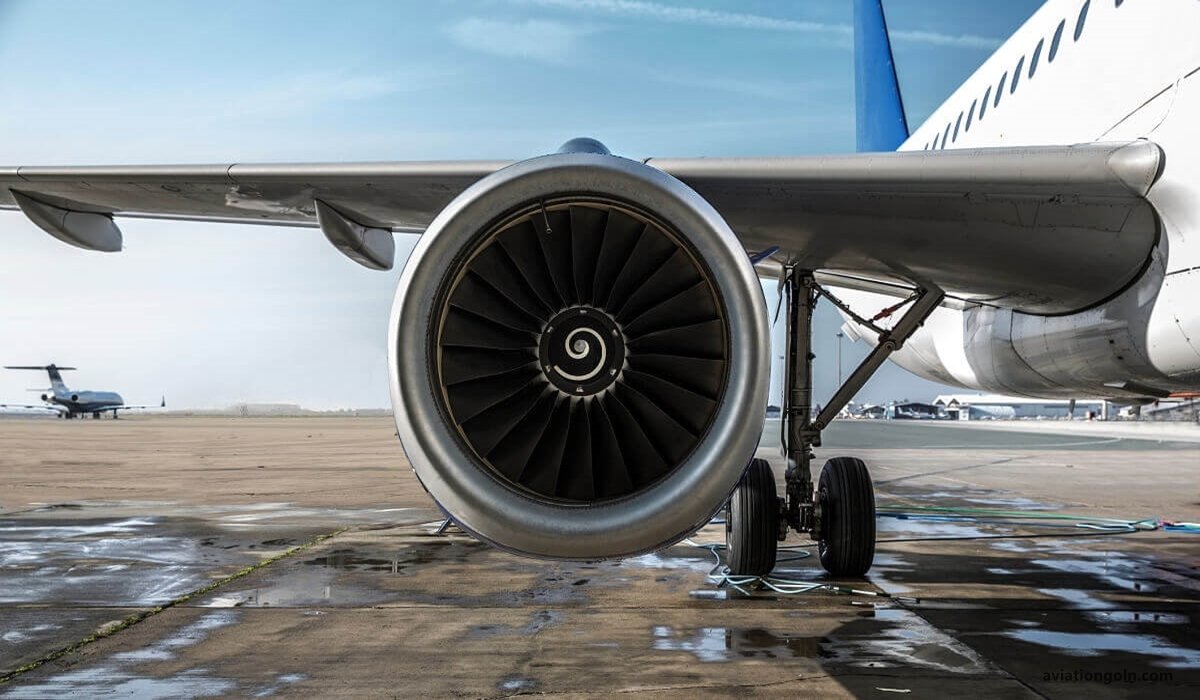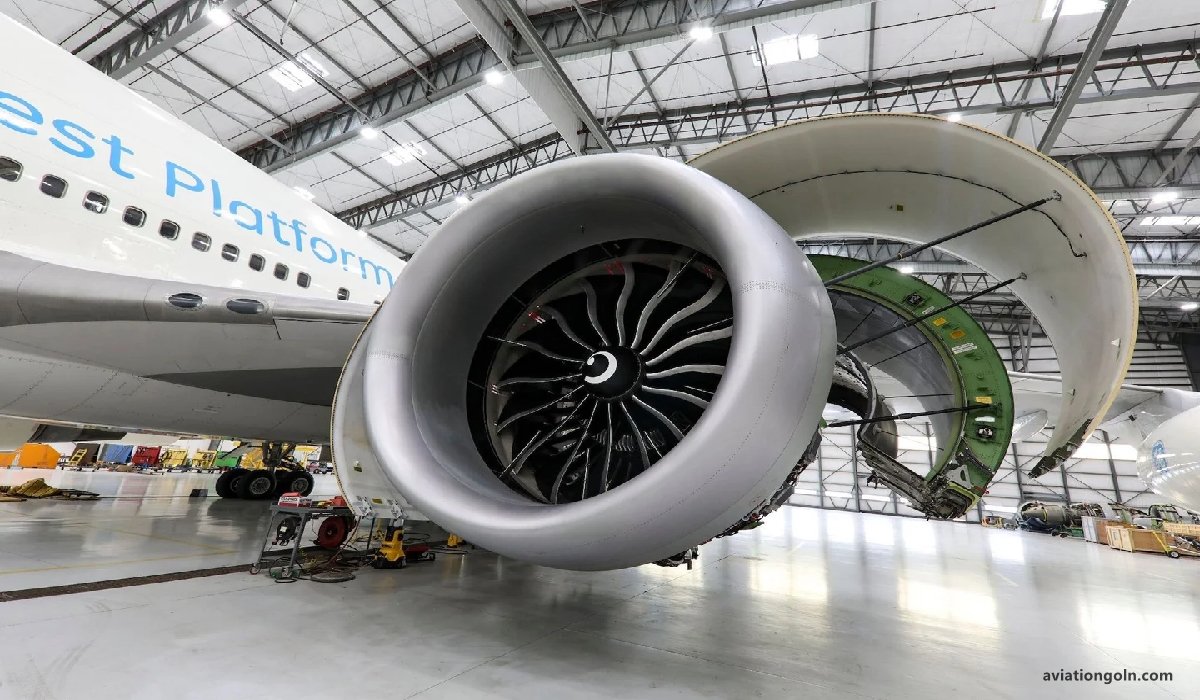Aircraft Propellers: Propellers: When we consider aircraft propulsion, the imagination often takes us to the roaring jet engines or the whirling helicopter blades. However, amidst these engineering marvels, propellers—often linked with early aviation—hold a critical position. Though seemingly simple, the science behind their design and operation is complex and fascinating. This article offers an in-depth exploration of prope-llers, from their early beginnings to the modern innovations that continue to propel aviation forward.
Aircraft Propellers: Design and Operation of Aircraft Propulsion Systems

Historical Background
The history of prop-ellers dates back to the dawn of human flight. As pioneers sought ways to achieve sustained flight, they quickly recognized the need for a mechanism to generate thrust. This led to the development of the propeller, a device that converts rotational energy into linear thrust.

Basic Working Principle
At its core, a propeller works on the principle of converting rotational motion, usually from an internal combustion engine or a turbine, into a forward thrust. It achieves this by accelerating a large mass of air backward, taking advantage of Newton’s third law of motion: for every action, there is an equal and opposite reaction.

Key Components and Design Features
- Blades: The primary component responsible for displacing air and generating thrust.
- Hub: The center of the propeller, where the blades attach and where the propeller connects to the shaft.
- Pitch: The angle at which the blade is oriented relative to the plane of rotation. The pitch can be fixed or variable.

Design Considerations
1. Number of Blades:
- Two-blade propellers are lighter and usually more efficient but can be noisier.
- Three or more blades offer smoother operation and better ground clearance, which is particularly useful for larger aircraft.
2. Material:
- Early propellers were made of wood. Modern ones use metals like aluminum or composite materials, balancing durability, weight, and cost.

3. Shape and Aerodynamics:
- Airfoil Shape: The cross-sectional shape of the blade, similar to a wing, to generate lift (in this case, thrust).
- Twist: Blades are often twisted, with a steeper pitch at the hub and a shallower one at the tip. This ensures that each section of the blade generates a relatively uniform thrust.
4. Pitch:
- Fixed-pitch propellers are set at a specific pitch angle. They are simpler and cheaper but may not be optimal across all flight conditions.
- Variable-pitch propellers can adjust their pitch during flight, optimizing performance during different phases of flight, like takeoff, climb, or cruise.

Operational Aspects
- Thrust Generation: As the engine rotates the propeller, its blades cut through the air. The airfoil shape and pitch of the blades force the air backward, propelling the aircraft forward.
- Torque and P-factor: The rotation of the propeller creates a reactive force, trying to rotate the aircraft in the opposite direction. Additionally, when an aircraft is climbing or at high angles of attack, the descending blade produces more thrust than the ascending one, creating a yawing motion known as the P-factor.
- Propeller Efficiency: This refers to the ratio of the useful power output (thrust) to the power input (from the engine). Factors affecting efficiency include blade shape, pitch, operating conditions, and altitude.

Advanced Propeller Systems
- Constant-Speed Propellers: These use a governor to automatically adjust blade pitch, maintaining a constant RPM set by the pilot. This ensures optimal performance across varied flight conditions.
- Feathering and Reverse Pitch: In multi-engine aircraft, if one engine fails, its propeller can be “feathered” to minimize drag. Some propellers can also adopt a negative pitch, producing reverse thrust, useful for braking after landing.

Future Innovations and Trends
- Noise Reduction: As noise regulations become stricter, there’s a push towards designing propellers that operate more quietly without compromising efficiency.
- Composite Materials: Lightweight and strong, composite materials like carbon fiber are becoming increasingly popular.
- Integrated Systems: With the rise of hybrid-electric aviation, propellers are being integrated with electric motors, allowing for novel designs and operational concepts.

Propellers, often seen as relics of a bygone era, remain integral to the world of aviation. Their evolution from simple wooden blades to intricate, computer-controlled systems showcases the strides made in aerospace engineering. As the aviation industry moves towards a greener future, propellers, with their inherent efficiency and adaptability, are poised to play an even more significant role in the skies of tomorrow. Their design and operation remain a testament to the intricate dance of physics, engineering, and passion that is the world of flight.
Read more:
